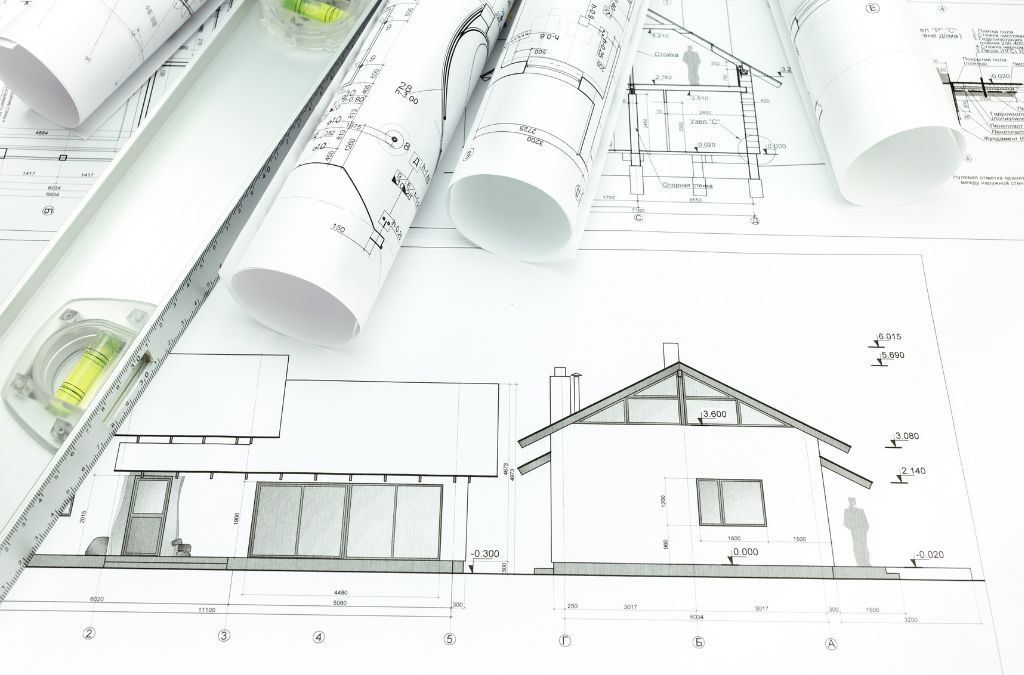-
Table of Contents
- Urban Landscapes: Redefining City Living through Architecture
- The Evolution of Urban Architecture
- Technological Advancements
- Environmental Concerns
- Changing Social Dynamics
- Case Studies: Innovative Urban Architecture
- Singapore: The Pinnacle@Duxton
- Tokyo: Nakagin Capsule Tower
- Paris: La Défense
- The Impact of Urban Architecture on Quality of Life
- Sustainability
- Functionality
- Aesthetics
- Future Trends in Urban Architecture
- Conclusion
Architect Landscapes: Redefining City Living through Architecture
Urban landscapes have undergone significant transformations over the past few decades. The evolution of architecture has played a pivotal role in shaping the way we live, work, and interact within city environments. This article explores how innovative architectural designs are redefining city living, making urban areas more sustainable, livable, and aesthetically pleasing.
The Evolution of Urban Architecture
Urban architecture has evolved from traditional designs to modern, innovative structures that cater to the needs of contemporary society. This evolution is driven by several factors, including technological advancements, environmental concerns, and changing social dynamics.
Technological Advancements
Technological advancements have revolutionized urban architecture. The integration of smart technologies in building designs has led to the development of smart cities. These cities utilize data and technology to improve the quality of life for residents. Examples include:
- Smart lighting systems that reduce energy consumption
- Automated waste management systems
- Intelligent transportation systems that reduce traffic congestion
One notable example is Songdo International Business District in South Korea, which is often cited as one of the world’s first smart cities. The city incorporates advanced technologies to create a more efficient and sustainable urban environment.
Environmental Concerns
Environmental sustainability has become a key focus in urban architecture. Architects are increasingly incorporating green building practices to reduce the environmental impact of urban development. Some of these practices include:
- Using sustainable materials
- Incorporating green roofs and walls
- Designing energy-efficient buildings
The Bosco Verticale in Milan, Italy, is a prime example of green architecture. These residential towers are covered with trees and plants, which help to improve air quality and reduce the urban heat island effect.
Changing Social Dynamics
Urban architecture is also influenced by changing social dynamics. The rise of remote work, for instance, has led to the development of mixed-use buildings that combine residential, commercial, and recreational spaces. This trend is evident in cities like New York and London, where buildings are designed to accommodate various functions under one roof.
Case Studies: Innovative Urban Architecture
Several cities around the world have embraced innovative architectural designs to enhance urban living. Here are a few notable examples:
Singapore: The Pinnacle@Duxton
The Pinnacle@Duxton is a public housing project in Singapore that redefines high-density living. The development features seven connected towers with sky bridges that offer communal spaces and stunning views of the city. The project demonstrates how high-density housing can be both functional and aesthetically pleasing.
Tokyo: Nakagin Capsule Tower
The Nakagin Capsule Tower in Tokyo is an iconic example of modular architecture. Designed by architect Kisho Kurokawa, the building consists of individual capsules that can be replaced or updated independently. This design allows for flexibility and adaptability, making it a unique solution for urban living.
Paris: La Défense
La Défense in Paris is a major business district that showcases modern urban architecture. The area features a mix of high-rise buildings, public spaces, and cultural institutions. The Grande Arche, a monumental building in the district, serves as a symbol of modernity and innovation in urban design.
The Impact of Urban Architecture on Quality of Life
Innovative urban architecture has a profound impact on the quality of life for city residents. By creating more sustainable, functional, and aesthetically pleasing environments, architects can enhance the overall urban experience.
Sustainability
Sustainable urban architecture helps to reduce the environmental footprint of cities. Green buildings, for instance, consume less energy and water, reducing the strain on natural resources. This not only benefits the environment but also leads to cost savings for residents and businesses.
Functionality
Functional urban architecture improves the efficiency and convenience of city living. Mixed-use buildings, for example, allow residents to live, work, and play in the same area, reducing the need for long commutes. This can lead to a better work-life balance and increased productivity.
Aesthetics
Aesthetically pleasing urban architecture enhances the visual appeal of cities. Beautiful buildings and public spaces can create a sense of pride and belonging among residents. They can also attract tourists and boost the local economy.
Future Trends in Urban Architecture
The future of urban architecture looks promising, with several emerging trends set to shape the cities of tomorrow. These trends include:
- Vertical cities: As urban populations continue to grow, vertical cities with high-rise buildings and sky bridges will become more common.
- Smart buildings: The integration of advanced technologies in building designs will continue to improve the efficiency and sustainability of urban environments.
- Biophilic design: Incorporating natural elements into urban architecture will enhance the connection between people and nature, improving mental and physical well-being.
Conclusion
Urban architecture plays a critical role in shaping the way we live in cities. By embracing innovative designs and sustainable practices, architects can create urban environments that are not only functional and efficient but also beautiful and inspiring. As cities continue to evolve, the importance of thoughtful and forward-thinking architecture cannot be overstated.
